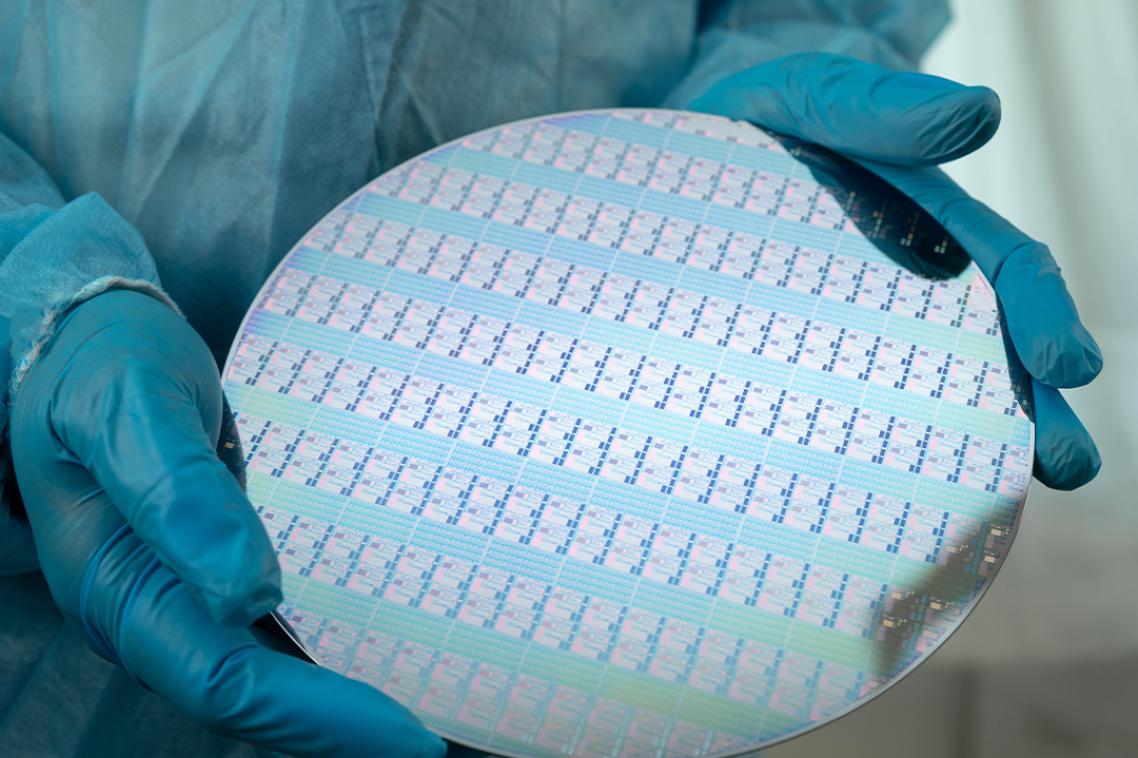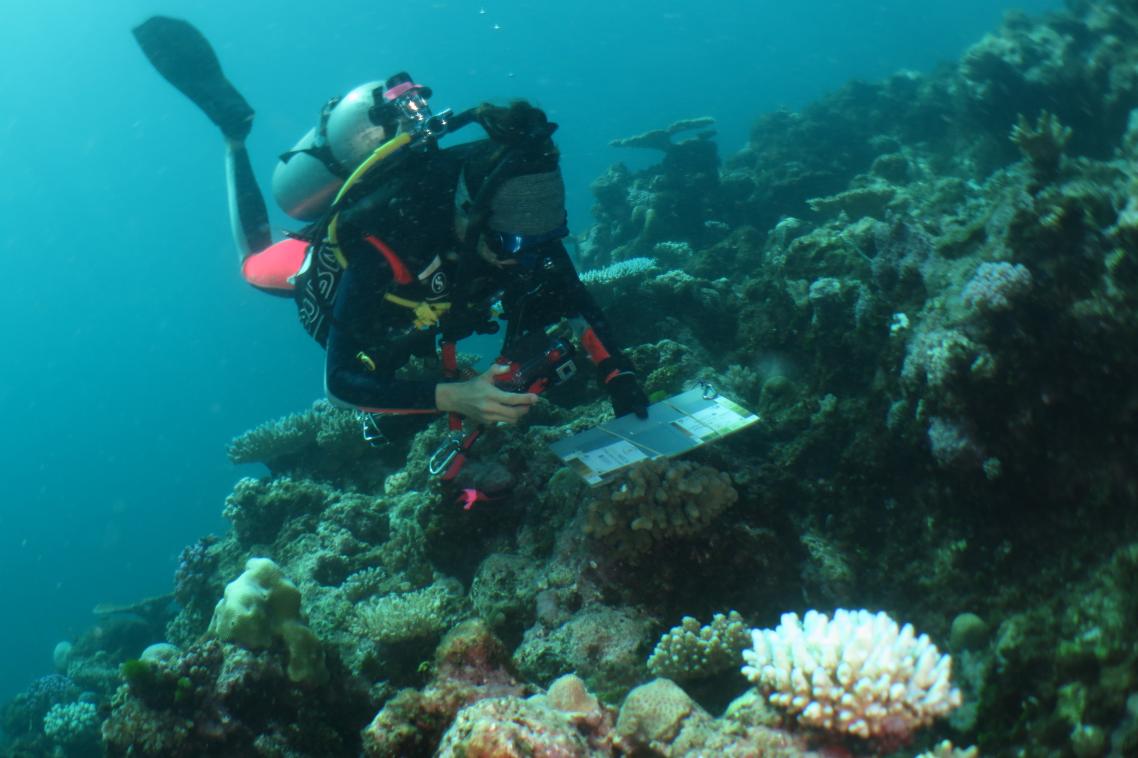Coral larvae travelling further makes populations stronger

(Photo credit: Zoe Meziere )
Understanding how far Great Barrier Reef corals are from their parents could be key to identifying and protecting at risk populations, University of Queensland research has found.
PhD candidate Zoe Meziere said well-connected coral populations had a better chance of adapting to climate change and other environmental pressures.
“Quantifying genetic connectivity can predict the fate of populations as more isolated reefs with lower levels of genetic variation are likely more vulnerable,” Ms Meziere said.
“Species that don’t disperse or breed as far are more likely to form isolated populations, reducing their capacity to recover from bleaching events or habitat degradation.”
The study examined the genetics of 2 species of corals, Stylophora pistillata and Popillopora verrucosa, at reefs from Far North Queensland to Flinders Reef off Brisbane.
Professor Cynthia Riginos from UQ’s School of the Environment and the Australian Institute of Marine Science said the results quantified for the first time how far coral larvae disperse on the Great Barrier Reef.
“It’s also the first study to quantify how connected different coral populations are across the seascape,” Professor Riginos said.
“The two coral species we examined have very different reproductive strategies and we found stark differences in their ability to disperse and maintain genetic connectivity.
“Larvae of Stylophora pistillata, a brooding coral species where eggs are fertilised on the mother coral only travelled between 23 and 102 metres before beginning to grow on the sea floor.
“Whereas larvae of the spawning Popillopora verrucosa coral, where larvae develop in the water after the mass release of eggs and sperm, were found to disperse up to 52 kilometres away.
“Over time, these differences have profound evolutionary impacts with S. pistillata populations being more genetically distinctive with much lower genetic diversity and smaller population sizes than the more widely dispersing P. verrucosa.”
Ms Meziere said dispersing further and sharing genetic variation among nearby reefs gave corals such as P. verrucosa a better chance of rebuilding populations after natural disasters.
“Reef building corals are declining worldwide but we still don’t fully know how these populations are connected to each other and other reefs nearby,” she said.
“This is the first quantitative study of both ecological and evolutionary connectivity in corals.”
She said the findings highlight the need for conservation and reef restoration efforts to account for the natural patterns of connectivity among coral populations.
“Dispersal and connectivity are important drivers of coral adaptation, and being able to adapt is key to having healthy coral reefs in the future,” Ms Meziere said.
The study was supported by the Reef Restoration and Adaptation Program and funded by the partnership between the Australian Government’s Reef Trust and the Great Barrier Reef Foundation.
The research was published in Science Advances.
Related articles

Superconducting germanium made with industry-compatible methods

Under the surface: how genetics could save the Great Barrier Reef
Media contact
UQ Communications
communications@uq.edu.au
+61 429 056 139
